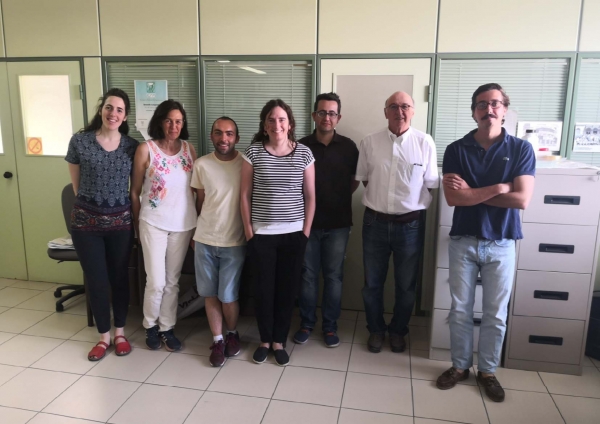The intensification of agriculture has brought with it an increase in the natural resources devoted to food production. The use of hydric resources for this purpose has even given rise to unsustainable situations. In a situation in which droughts occur, but basins continue to be emptied to supply fields, the efficient and sustainable management of the water available is vital.
The development of agriculture in China over the last 20 or 30 years has generated situations of this kind. This is why the European Union, as part of the H2020 project, and in a context of international cooperation between Europe and China, is launching the SHUI –Soil Hydrology research platform underpinning innovation to manage water scarcity in European and Chinese cropping systems– through which it seeks to establish a series of tools that allow both farmers and managers of public administrations to administrate watersheds so as to prevent critical situations.
Working towards this goal is a research consortium led by the Sustainable Agriculture Institute of Spain's Scientific Research Council (IAS - CSIC) and made up of Chinese and European partners, including the AGR-119 research group at the University of Cordoba, headed up by Elías Fereres, a professor in its Unit of Excellence “María de Maeztu” - Department of Agronomy (DAUCO).
Through the creation of models based on numerical analysis, scenarios can be generated to answer questions, such as the amounts of water that must be used for certain crops, to what extent the production of these crops may be intensified without depleting water resources, and how the agricultural use of water affects use by other sectors (industry, cities, the environment...). With all this information it will be possible to make more accurate estimates and more reasonable allocations.
Fereres's group, in particular, is working on the improvement of a model to predict crop production based on water available, which will allows growers to know the maximum amount of water they can utilise without wasting it, and what the impact will be, in terms of lost production, if there is not enough water.
By introducing atmospheric variables such as temperature, humidity and wind into the model; variables of the crop itself, such as growth; and soil variables, in relation to the development of roots, for example; production predictions will be calculated based on the water available. Through work at three scales (crop plot, river basin and region) this model provides management tools for individual farmers, political administrators, and the workers at the hydrographic confederations that manage watersheds.
To complete the general plan this model is added to it, with data obtained through remote sensing to document changes in the terrain. The individual and specific is combined with a higher scale, obtained through satellite images yielding a set of data on the crops, allowing for the creation of a more comprehensive map and, thus, knowledge of patterns across a larger area.
For four years the aim is for China and Europe to together develop a research platform for the next decade. Through a network of case studies, strategies like the use of covers to prevent soil loss and to conserve water will be studied, with the a view to these strategies being subsequently replicated in places where water shortages occur, so as to better distribute water, increase productivity and promote environmental sustainability.


